The Big Game has become the “Super” event for new mobile and social promotions.
The challenge for advertisers and brands is to create a virtual social environment within the year’s biggest physical social event
The TV ad escalation for the Super bowl grew out of the need to make the Ads their own event. The higher production value of theses ads is designed to delay that inevitable bathroom break. The goal of social and mobile media is to make the ad a continuous event during the game.
There are three factors that I believe are important in a social application.
- Entertainment: Examples are interactive games and passive videos
- Social Status: Examples are check-ins, followers, and game rank
- Contextual Information: A key success factor of Twitter and Facebook.
Get these right and you earn the pay dirt of any social campaign…longevity.
Your app or promotion can be successful with just one of these factors. If you have two you can be a wild successes (Zynga). With all three you are Facebook. YouTube or Twitter.
The reason that Superbowl ads are now $7M/minute is that that audience that the broadcast aggregates only lasts 4 hours. It is a perishable resource that commands a premium price. What if this audience was addressable with an effective social media channel on a regular basis? What would that be worth? For a clue you can read about the IPO of Facebook.
Using these factors as our yardstick lets look at two of the higher profile social game plans and make some pre-game predictions.
Coke is presenting an interactive version of their Polar Bears on a Facebook application. The bears will react to plays in the game.
Prediction:
While this app will generate a lot of buzz for its “cool” factor, I view this as a very clever branding exercise, rather than a true social campaign. It will generate a reasonable number of views of the Coke brand and therefore should be very cost effective on an equivalent CPM basis. (As of Friday it had 21K members, but I expect that number to significantly increase on game day)
Will this aggregated application audience have any reason to come back to this app after 10:30 pm on Sunday?
Entertainment Value: High, until novelty wears off
Social Status: None
Contextual Information: Low
I have this Apple app on my iPad. The enticement is that you get a license plate number to watch for on the Chevy Television ads. If you see your number you win a Chevy.
Prediction:
This will get some more viewers to watch the Chevy ads closely. If you are not one of the 20 winners, then what? The rest of the app is populated with Twitter feeds, trivia and YouTube videos. Similar to the Coke Facebook application, this application will likely have a half-life that ends at 10:30 pm on Sunday.
Entertainment Value: Low
Social Status: Zero – unless you win the car!
Contextual Information: Low
My view is that these types of campaigns are still outside the “redzone”. Once an audience is aggregated, it is a crime not to effectively and continually engage that audience, grow it and profit from it.
The most effective use of social media is still the simplest and cost nothing. Advertisers put their Superbowl ads on YouTube. That strategy has generated an additional 360M views!
One Last Prediction: Giants 31 Pats 24




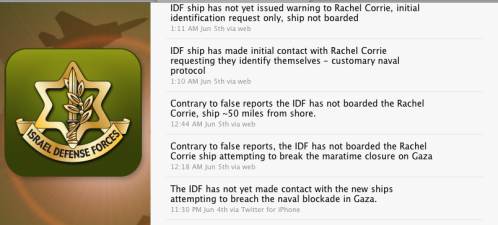







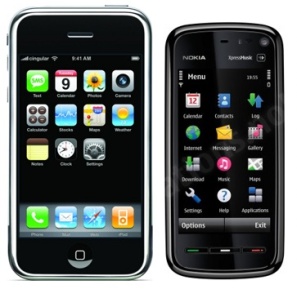 This past week the
This past week the When I watch any of my favorite shows I am subjected to commercials on trucks, beer, video games, grape juice (as a cure for everything!), tax services, an assortment of female oriented products, German cars, U.S. Army recruitment, fast food, etc. All of this investment is wasted on me.
When I watch any of my favorite shows I am subjected to commercials on trucks, beer, video games, grape juice (as a cure for everything!), tax services, an assortment of female oriented products, German cars, U.S. Army recruitment, fast food, etc. All of this investment is wasted on me.
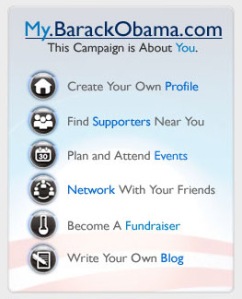 My angle is simple and parallels the major technological force that is reshaping our society, Web2.0.
My angle is simple and parallels the major technological force that is reshaping our society, Web2.0.

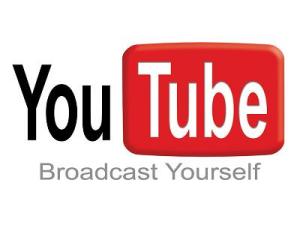

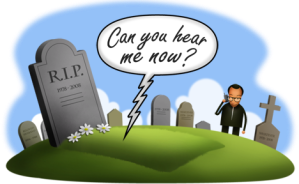
 works in digital content, commerce and advertising. They have transitioned from fighting the term “new media”, to adapting it, and in many cases becoming dominate players.
works in digital content, commerce and advertising. They have transitioned from fighting the term “new media”, to adapting it, and in many cases becoming dominate players.

 that I have been perplexed that it took them so long to come around and really capitalize on the new distribution models. My advice back then, and now, is that the big media companies still have the best, most wanted content.
that I have been perplexed that it took them so long to come around and really capitalize on the new distribution models. My advice back then, and now, is that the big media companies still have the best, most wanted content.
